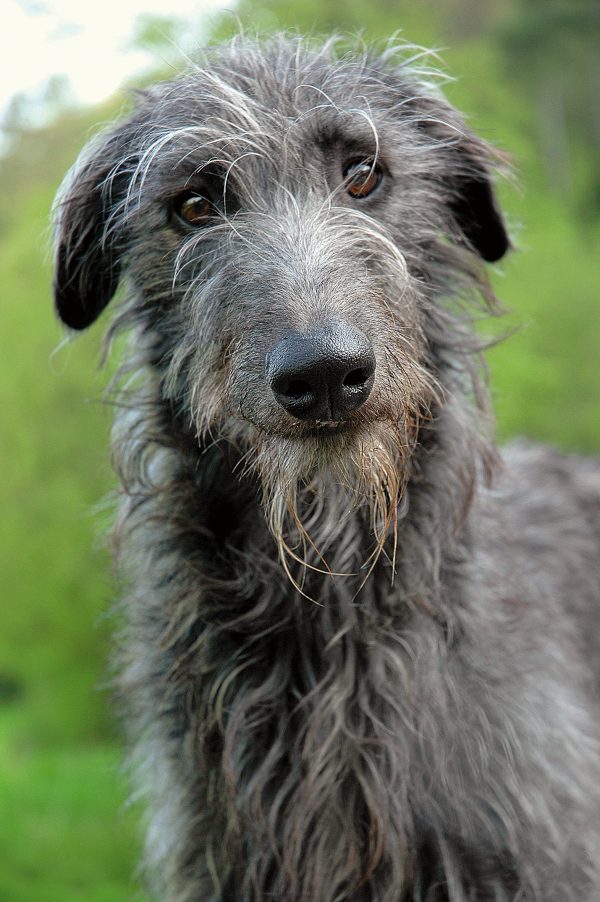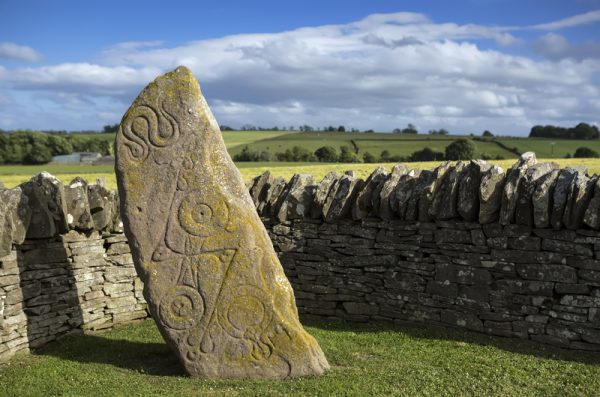
The monumental rocks of Stonehenge and Easter Island get all the attention, and understandably so, but slipping under the radar are pictish stones. These incredibly beautiful stones are the most visible – and last remaining – evidence of the Picts, the people who lived in what is now northern and eastern Scotland from the 6th to 9th century. During this time, the Picts became Christianized, and what their culture was like may be inferred from the intricately carved stones they left across the north and east Scottish landscape. The oldest of the stones depict everyday items, while later ones reflected their new faith as evidenced by the Christian motifs and frequency with which crosses appear.

The Aberlemno Pictish Stone in Scotland by© Emanuele Leoni -Dreamstime Stock Photo
Some experts believe the stones may have once been vivid with color, and that Scotland’s highland weather eroded or washed off its brilliance this over time. Some historians trying to decode the thirty or forty unique symbols on pictish stones have hypothesized that they indicate names.
Less of a mystery are the etchings of men on horseback and of the hounds that accompanied them on a hunt. As the AKC wrote recently (and we paraphrase) that the dog depicted in a number of these stones is believed by some to be an ancestor of the Scottish Deerhound. The original stone is now in the National Museum of Scotland in Edinburgh.
The Scottish Deerhound is of great antiquity, and from our vantage point, we find it credible that the breed’s ancestors may have been portrayed on that stone. It’s intriguing enough for interested readers to investigate.
Image: “Deerhound Implorant” by Thumber from Adobe Stock Photo
